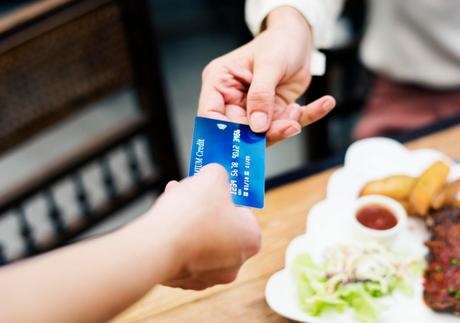Online shopping has revolutionized the commercial sphere. Giving us the opportunity to quickly compare prices, track down bargains, and save money, it is something almost all of us have taken advantage of at one time or another.

Along with its many benefits come certain dangers, by which we mean cyber-criminals and online hackers. Stealing information from those who purchase goods over the internet, these fraudsters are always on the lookout for easy targets, which is why you have to be extra careful about how you make payments online.
Here are three handy tips to help stop you from falling victim.
Don't use public WiFi
Have you ever sat down in your local coffee shop and browsed for shoes over a latte? If so, you've committed one of the cardinal sins of online shopping: never to use public Wi-Fi. If you're wondering why the answer is a simple one: because the internet connection isn't secure. The solution is to invest in a VPN before next venturing out in public. Extending a private network across the public one you're using, this enables you to send and receive data across shared connections without it becoming vulnerable. It might sound complicated but it's actually very straightforward, and there are plenty of resources out there if you need some help
This means it's easy for those who know what they're doing to lift your information as its transmitted across the airwaves, with everything from your passwords to your banking details at risk of being replicated. choosing the right one for you.
Make sure the website is secure
Once you're connected to either a VPN or the standard data connection you have at home, the next step is to make sure the site you're buying from is secure and, luckily, this is eminently easy to do.
You'll be able to tell if a website qualifies in three ways:
- The padlock symbol: Websites that are secure will have a padlock symbol in the address bar, right next to the web address.
- The website address: Also, the website address should start with 'https://' as opposed to 'http://.' The additional 's' stands for 'secure.'
- The security certificate: Last but not least, you should be able to click either the padlock symbol or just to the left of the address bar to view the site certificate. If it qualifies as 'secure,' you'll be able to see who's registered the site; if it doesn't, you'll receive a warning.
Do your research
With this in mind, how do you make certain you can trust the
person you're buying from before paying for your purchase? The answer is simple: be sure to do your research. Scams are rarely carried out in isolation, which means that if someone wants to defraud you of an item you've bought, they've probably done the same to someone else.
That someone is likely to have shared their experiences online so do some digging to see what you can find. Trustpilot is an excellent place to start to take a look and see if anyone has reviewed the company you're planning to buy from. Both positive and negative feedback should flag up so you can make an informed choice before parting with your cash.
Follow these three top tips today to stay safe shopping online.
